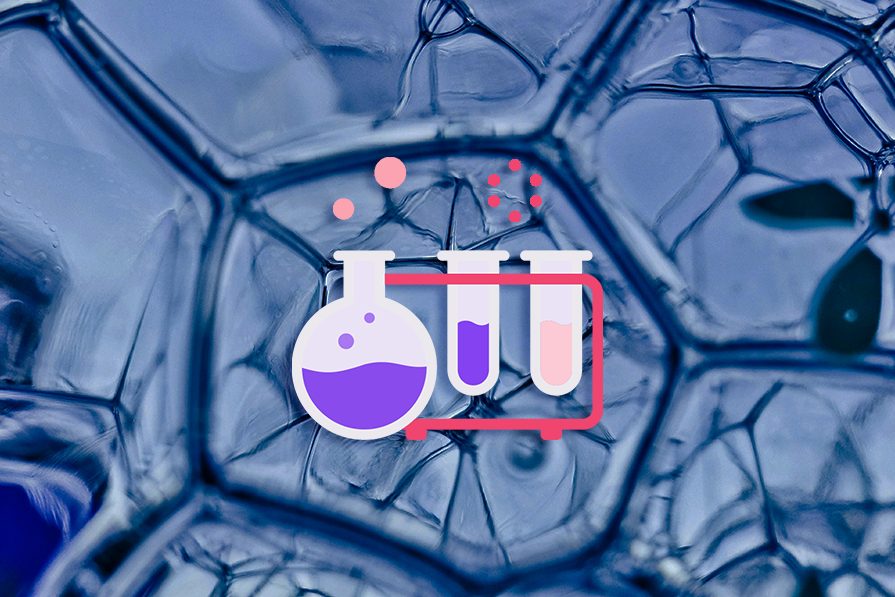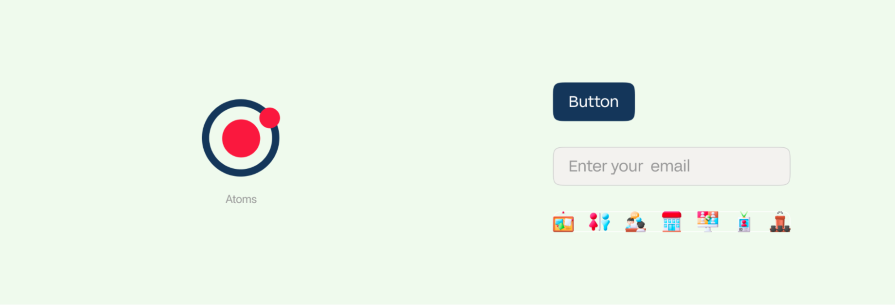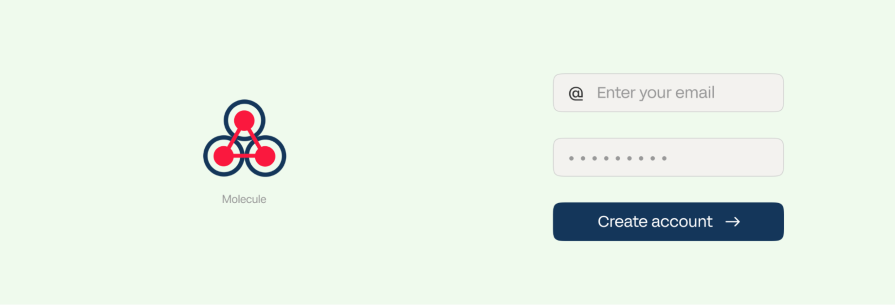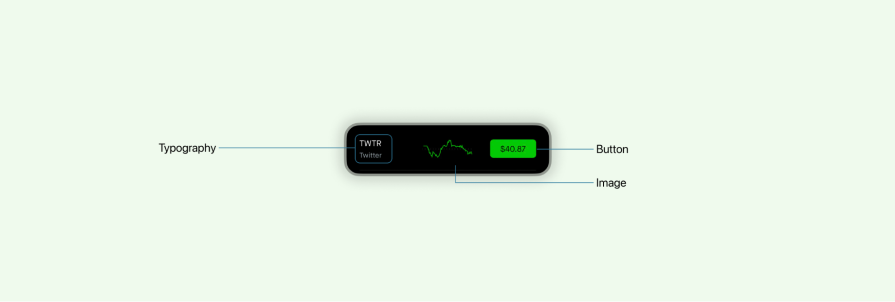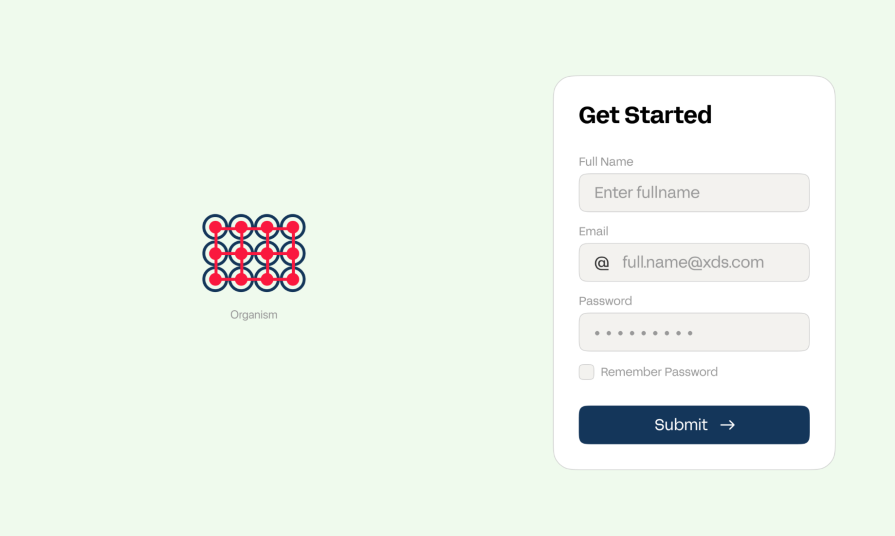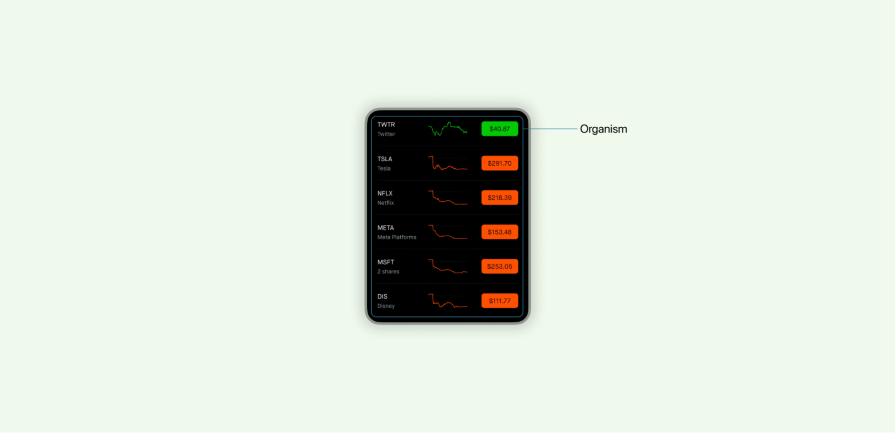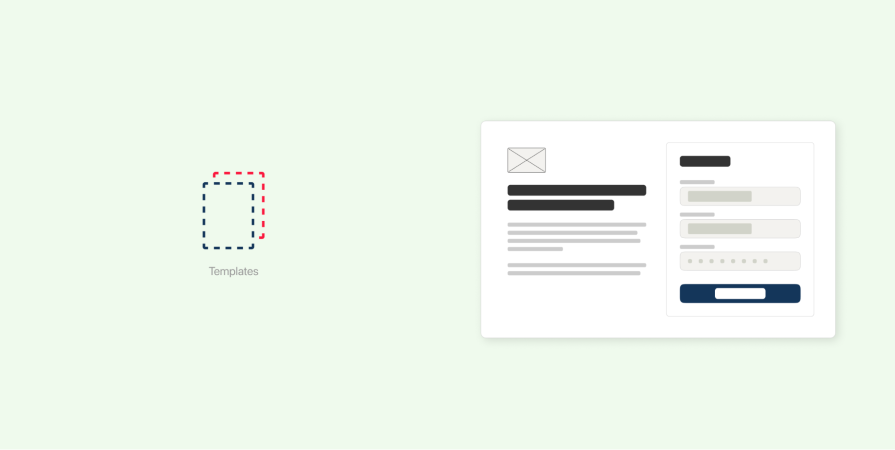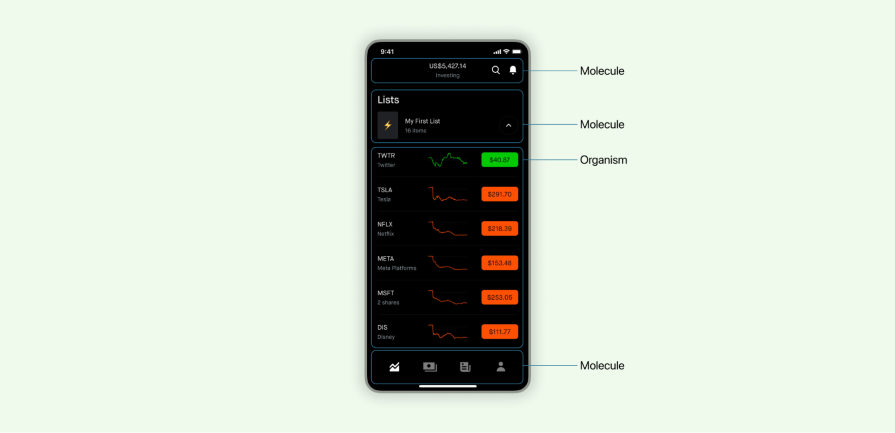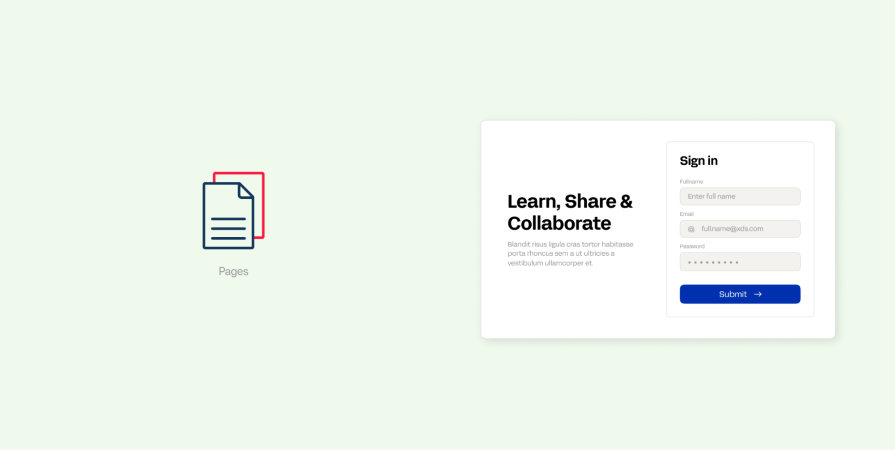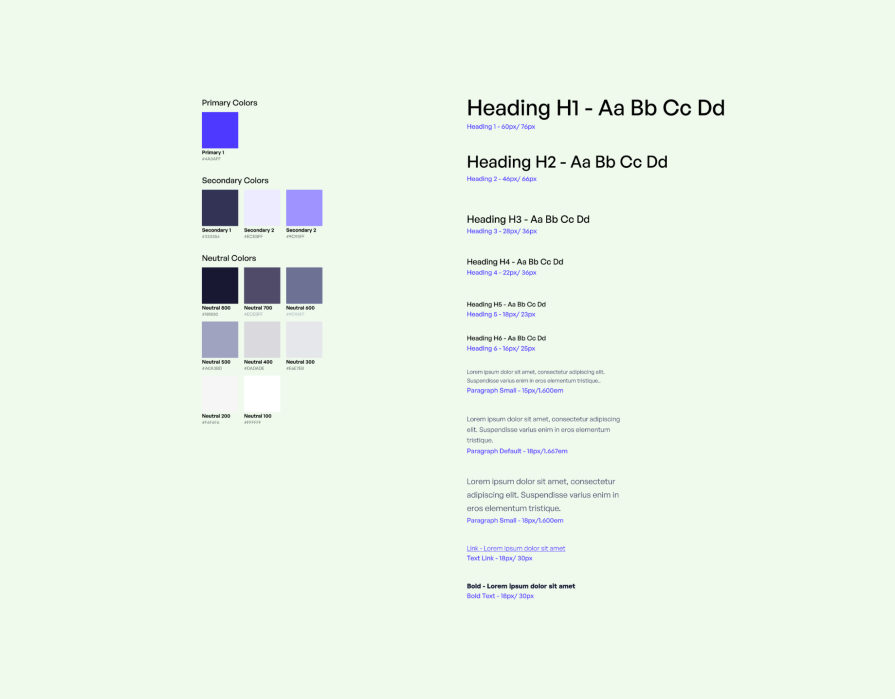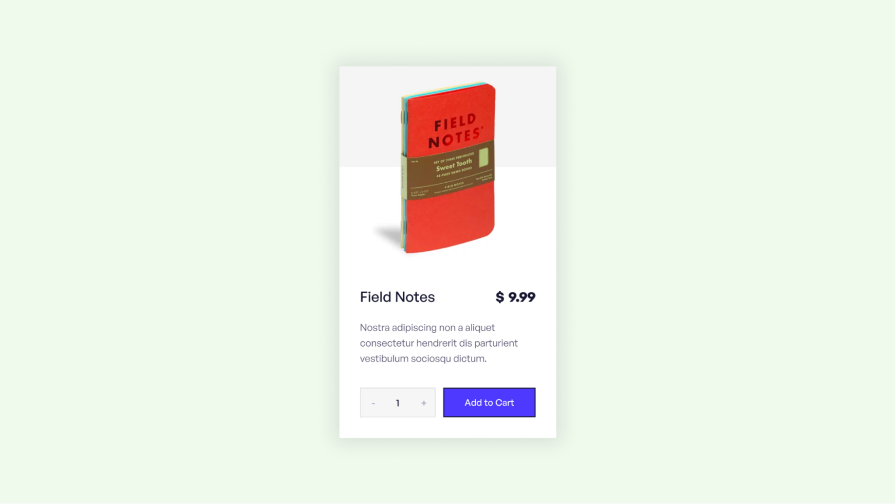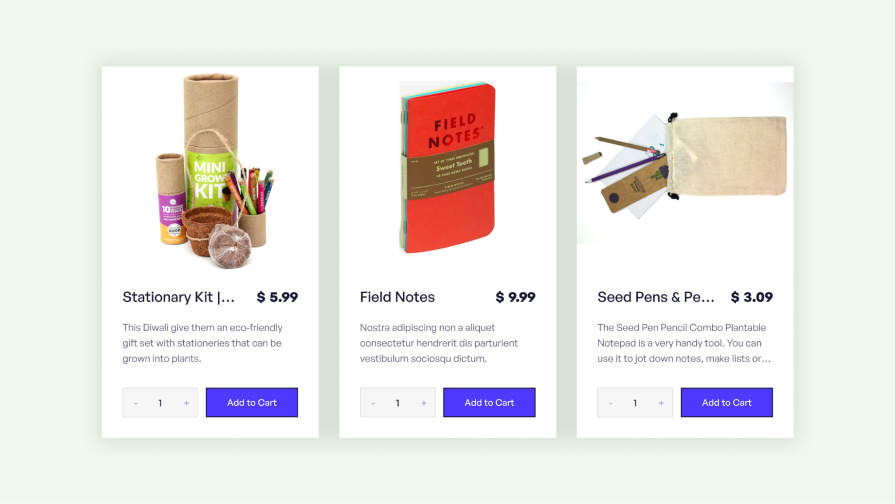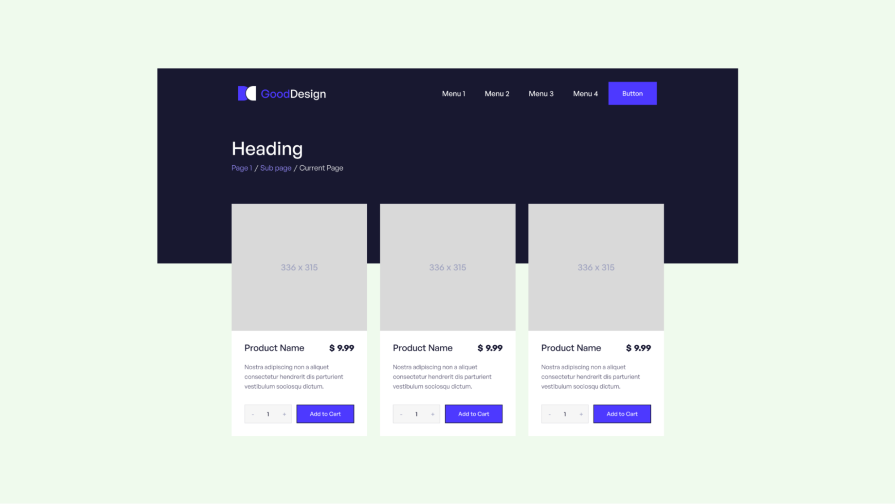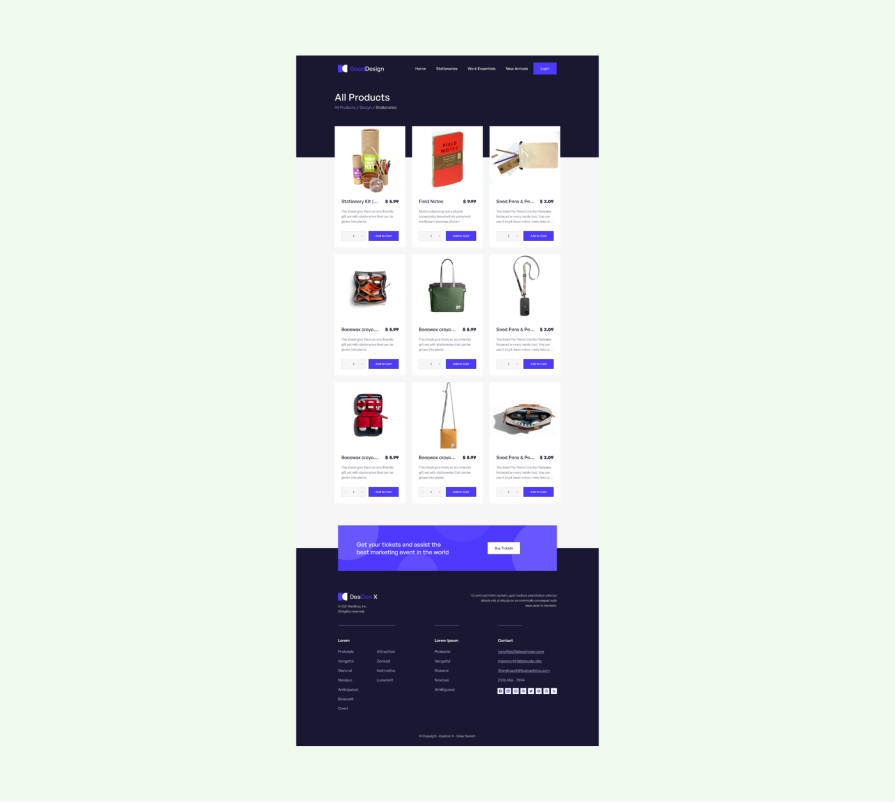Atomic design is a methodology used for building efficient and scalable design systems. Inspired by chemist Brad Frost, atomic design breaks down the user interface into tiny reusable components that act as the foundational blocks of a product. Atomic design helps design teams put together complex UI from simple parts. This results in a more consistent and organized design process.
By using atomic design, you make communication easier between your designers and developers. This is crucial when you’re designing a new application or when creating and maintaining a large design system. In these cases, atomic design can reduce errors, save time, and refine your UI.
Keep reading to learn everything you need to know about atomic design for UI design.
Editor’s note: This blog was updated 9 May 2025 by the author to elaborate on previous examples, provide new case studies, and cover FAQs.
What is atomic design?
Atomic design is a methodology developed by Brad Frost for creating design systems. In short, it works by breaking down interfaces into small and reusable components. Atomic design provides a structured way of building up complex UIs from basic building blocks in five distinct levels (we’ll cover those in depth later).
Brad Frost’s book “Atomic Design” provides a methodical framework, carefully forming design systems to guarantee their robustness and consistency. The nomenclature itself is derived from the fundamentals of chemistry, referring to the complex structure present in all matter.
The 5 atomic design components
Atomic design comprises five steps that work together to form a cohesive interface design system. These five atomic design components or stages are atoms, molecules, organisms, templates, and pages:
Atoms
Atoms are the smallest and the most fundamental element that can’t be broken down further without losing functionality. Some examples of atoms are buttons, text fields, labels, and icons:
These simple HTML elements provide a foundation to build interesting and complex components.
Atoms set the ground rules in a design system. They define all the basic styles like color, font, and size across the system. Consistently styled atoms lead to consistency in more composite components:
In the above example, you can see atoms in action as individual UI elements. They support the foundation of the interface. You can easily build a library of reusable atoms that act as a foundation of the frontend system.
Molecules
Molecules are the group of atoms that come together to function independently as a unit. For example, a signup form molecule combines two input fields: button and labeling atoms:
These simple molecular components represent recognizable pieces of an interface. They add an extra layer of functionality compared to individual atoms:
Molecules demonstrate how atoms can interact and combine into usable micro-components. These molecular components start having defined properties like size, shape, positioning, etc.
Another great example of a molecule would be a card element. In the snapshot above, the card consists of multiple atoms such as an image, text block, icons, and a CTA button. The atoms on the card exist independently and contribute to the molecule’s overall functionality.
Organisms
Organisms are relatively complex UI components made up of multiple molecules. Molecules and organisms share many similarities, but one major difference is that molecules represent a smaller piece whereas organisms form more elaborate sections of an interface.
Some examples of organisms are signup forms, media boxes, and product lists:
Organisms are tricky to identify as in some cases they’re made up of the same molecule used multiple times and in other cases can even be different molecules that come together to form an organism. In this example, you can see the same molecule used multiple times in a large section of an interface:
Templates
Templates help standardize a page layout across multiple pages that function similarly. Think of signup templates, hero section templates, article templates, and search results templates:
Templates handle layouts for organisms like headers, sidebars, footers, and more. Additionally, they also define things like spacing, grids, and styles that unify page designs:
In the example above, you can see a standardized template made up of atoms, molecules, and organisms organized to form a template.
Pages
Pages are instances of templates in high fidelity. Some examples of pages are homepages, product pages, login pages, and blog article pages:
Pages utilize templates for their layout structure along with style components like atoms, molecules, and organisms:
Here you can see a list of stocks from two different users on the RobinHood app. Based on user selection, the atoms and molecules take on different states. It’s equally as important to define a page as it is atoms and molecules when building a design system.
Comparison of atomic design components
Consult the table below to help you understand the difference between design components:
| Stage | Purpose | Examples |
| Atoms | Set a standard for basic styles across a design system, providing a foundation to build more complex components | Buttons, text fields, labels, icons, images |
| Molecules | Build interface components with small interaction with well defined properties | Input fields, search bar, cards |
| Organisms | Create sections of an interface that contains one or more functions | Gallery, product listing, wizard |
| Templates | Define a layout pattern that can be reused across multiple pages | Hero section, sign in, footer section |
| Pages | Final output that shows how the interface looks like and functions | Homepage, dashboards, product detail page |
Benefits of atomic design
Designers and developers love atomic design for good reason. It’s a philosophy that improves collaboration between the two. Let’s go over why:
- Promotes reusability and consistency — Atomic design breaks interfaces into reusable components that you can combine to create more complex components. By reusing these components, you can ensure consistency in style, color, and layout across all parts of the interface
- Facilitates collaboration — With atomic design, components have clearly defined purposes and limitations. This makes it easier for designers or developers to divide and work on different areas at the same time. Teams can collaborate seamlessly. As teams combine components into more complex UI, the divisions set by atomic design prevent conflicts
- Streamlines prototyping — You can create mockups and prototypes faster by assembling existing components. This means less time spent reinventing the wheel
- Simplifies testing — You can test atomic components in isolation without having to look for outside dependencies. This makes testing easier to conduct and issues quicker to pinpoint. Bugs can be fixed at the component level rather than having to debug the entire interface design
- Creates cohesion across platforms — You can adapt design systems defined in atomic design for use across different platforms like web, mobile, and so on, leading to product cohesion
- Allows for scalability — Atomic components are independent and reusable. New components can be added without affecting existing ones. This enables interface design systems to scale without disturbing other components
Example of atomic design in action
Now, let’s take a fictional ecommerce company “GoodDesign” to illustrate how atomic designs could be used at various stages:
1. Atoms
Color palette and typography
GoodDesign carefully selects a color palette and typography to represent its brand across various touch points. Each color and typeface is foundational in establishing a visual identity that represents its brand:
Buttons and icons
Buttons, icons, spacing, and composition are defined earlier in this stage to ensure a consistent, distinct, and recognizable user interface:
2. Molecules
Product card
By combining atoms like buttons, text blocks, and product images, GoodDesign crafts beautiful product cards. This card serves as a cohesive unit, providing all the necessary details about the product:
Navbar
By combining atoms like buttons, icons, and images, GoodDesign gets the navigation bar molecule. This element provides users with an intuitive means of navigating the website:
3. Organism
Product listing
Product listings are examples of organisms that contain molecules like product cards, filters, and navigation bars. This provides a comprehensive design framework for users:
4. Template
Product listing template
Templates bring together multiple organisms, molecules, and atoms. The product listing page template includes elements like filters, a navigation bar, a header, and product cards.
This standard design ensures a consistent layout throughout the ecommerce website:
5. Page
Product listings page
Pages are templates with real data. The product listing page pulls in a product listing template populated with atoms, molecules, and organisms in an orderly fashion:
There you have it. Now you have reusable design components to plug into your system.
Conclusion
Any product moves atom by atom, gradually building up to molecules, organisms, templates, and pages that work cohesively. Ultimately atomic design helps you evolve complex design systems while maximizing reusability and scalability.
Now you can organize your design systems more efficiently. Your whole team will thank you!
LogRocket: Analytics that give you UX insights without the need for interviews
LogRocket lets you replay users’ product experiences to visualize struggle, see issues affecting adoption, and combine qualitative and quantitative data so you can create amazing digital experiences.
See how design choices, interactions, and issues affect your users — get a demo of LogRocket today.

